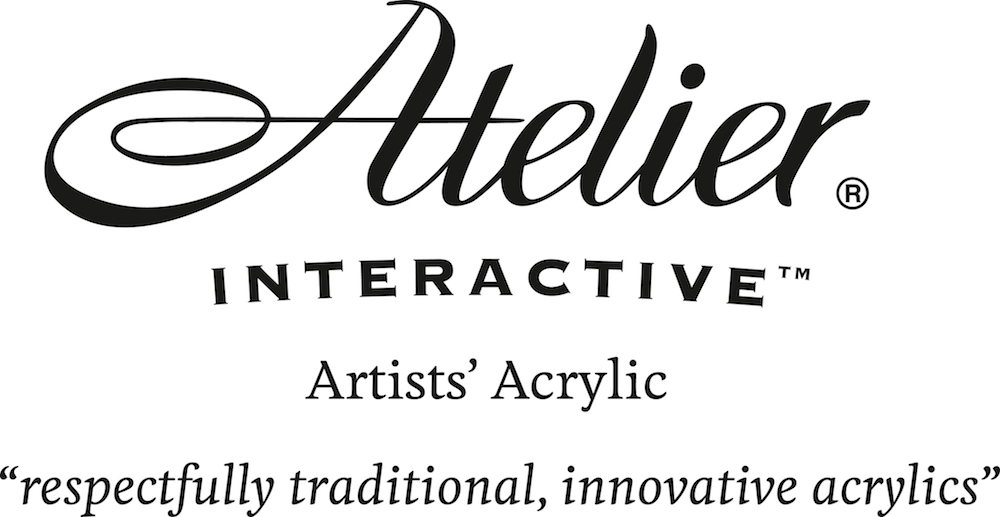Acrylic Gesso
More Than Just a Primer
Discover the ways acrylic gesso can be both a saviour and an inspiration to your paintings.
Acrylic Gesso, I love it! Not only do I love the feel of a good quality gesso, even opening the tub is somehow laden with possibility.
Gesso is primarily an acrylic primer (sorry, couldn't resist). It is a sensational product for sealing canvas, paper and boards such as masonite. Be sure to seal the board first with a very good quality acrylic sealer, or acrylic painting medium such as Atelier Binder Medium or equivalent.
If you are trying to save some cash you can use a PVA glue; though don't expect your painting to be around for hundreds of years.
The sealer should prevent the tannins and acids from the board leaching through and discolouring your gorgeous painting.
After sealing your surface you are ready for the next best thing about acrylic gesso. It has some “body”. This allows you to fill some of the surface in the canvas, paper or board (if you want) or build up some brush strokes or other textures in your surface. These textures are generally thinner than those created with impasto gel or texture medium.

I find it very inspiring to lay out a canvas and throw a couple of coats of gesso on it, knowing that I am setting myself up for the finished painting; even in these early stages. This is often followed by standing back shuffling from side to side waiting for it to dry so I can hurl some paint at it.
When you paint your canvas, you can apply the coats of gesso in several very thin layers (with a rub of fine sandpaper in between) so that you end up with a very smooth surface. This look is often sought after by realist and photo-realist artists.
Your gesso can also be tinted if you are after a ground which has some colour. The impressionists experimented with different coloured grounds to see how the colour affected the painting. You can warm or cool a painting by choosing an appropriate colour.
Acrylic gesso can also be used on watercolor paper. Whilst it is not necessary to seal anything in, the gesso will stop the paper from absorbing too much pigment. You can push paint around without it all disappearing into the paper. It tends to restrict thin colours from “bleeding” into areas you don't want and will also stiffen up your paper a little.
Another great thing about acrylic gesso is that it can hide some serious sins. Occasionally there is a painting that will fight you all the way, until you finally realise it is going nowhere. Bring out the gesso. Bury it beneath a couple of coats. Bingo. A whole new start, and the evidence of your hideous creation is gone (making sure of course that the “build” from the previous painting isn't too obvious to hide.) Make sure that you are painting the acrylic gesso over acrylic paint and not oils. The gesso will either not stick or the oils may bleed through.
Knowing you can paint over something that isn't working, is slightly liberating; and I think takes some of the pressure off you when you paint. Fun. Remember??
Gesso may be one of those things you don't use often. But knowing how it works, and having a pot tucked away in the back corner, allows some possibilities that may inspire you when you are feeling a bit stuck. And of course, if you are into creating texture, this can be the first place to start.
Back To Painting with Acrylics
Back To Explore Acrylic Painting Home Page

















New! Comments
Have your say about what you just read! Leave me a comment in the box below.